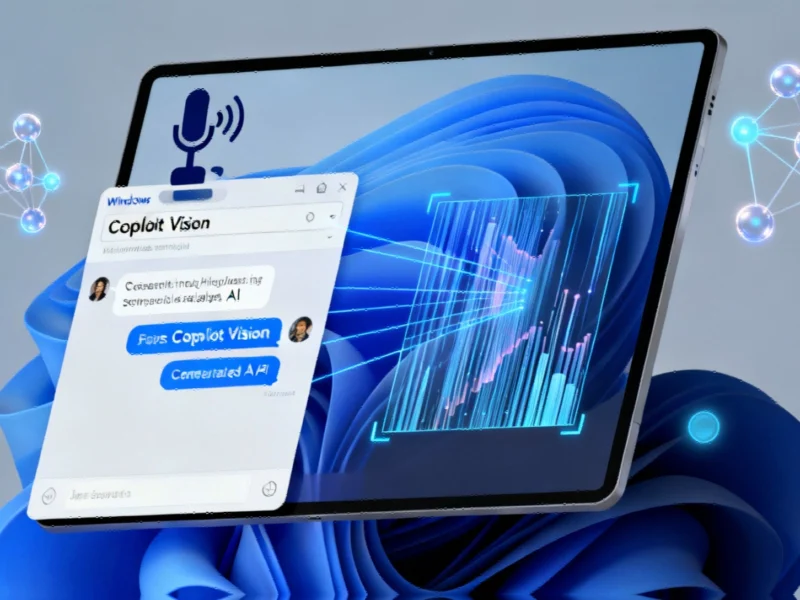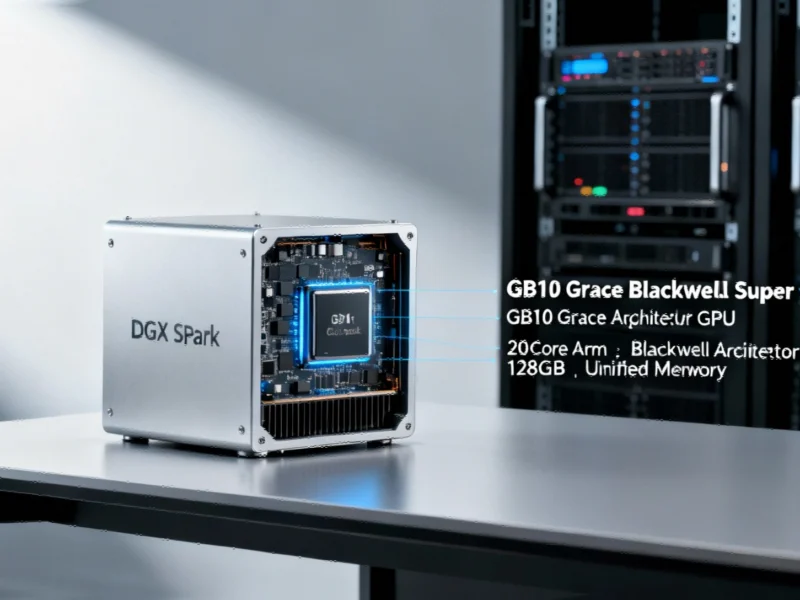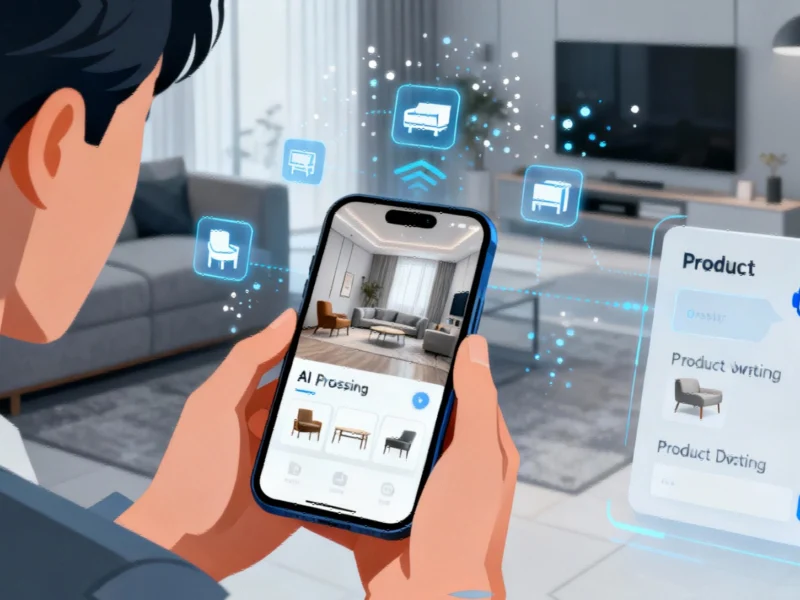Microsoft’s Strategic Push for AI-Infused Windows
Microsoft is significantly expanding its artificial intelligence footprint with substantial updates to Copilot in Windows 11, introducing new voice activation and computer vision capabilities that represent the company’s latest attempt to redefine the PC experience. While earlier versions of Copilot received mixed reactions from users, these new features demonstrate Microsoft’s commitment to embedding generative AI throughout its flagship operating system.
The tech giant appears determined to position Windows as the premier platform for AI-powered computing, believing these advancements could eventually rival the significance of fundamental input methods like the keyboard and mouse. This expansion comes amid broader industry developments in artificial intelligence integration across technology platforms.
Voice Activation and Vision Capabilities Now Generally Available
Microsoft has made several key features generally available to all Windows 11 users supporting Copilot. The new “Hey, Copilot” voice activation allows users to summon the AI assistant hands-free after enabling voice recognition in settings. Conversations can be terminated by either tapping the X key or verbally saying “Goodbye,” creating a more natural interaction flow.
Perhaps more significantly, Copilot Vision is now accessible across compatible devices, enabling the AI to automatically analyze desktop content or individual files that users manually share. This capability allows for practical applications such as describing on-screen objects or extracting specific data from spreadsheets and presentations without manual searching.
Microsoft’s emphasis on voice commands for Copilot Vision rather than text-based controls highlights the company’s focus on natural language interfaces. This approach to enhancing Windows 11 AI capabilities reflects a broader industry trend toward more intuitive human-computer interaction.
Expanded AI Ecosystem and Integration Features
Beyond the core Copilot improvements, Microsoft has introduced additional AI tools and integration options. The generally available Manus AI agent can be accessed via website or downloadable app to complete complex tasks including website development using locally stored files.
For Windows Insiders, the company has released Copilot connectors that link the assistant to various online services including OneDrive, Outlook, and Google accounts. This integration enables users to query information from emails, calendars, and cloud storage directly through Copilot. The assistant can also export text to new documents and provide guidance on Windows settings.
These enhancements arrive during a period of significant market trends affecting technology investment and development priorities across the sector.
Upcoming Features for Windows Insiders
Microsoft is preparing additional Copilot enhancements for its Insider program participants. A new taskbar search box gateway will provide instant access to the chatbot alongside shortcuts to Copilot Vision and voice commands.
Also coming soon to Insiders is a local version of Copilot Actions that automates various tasks with local files without requiring cloud processing. This feature will enable background operations such as photo organization or PDF information extraction while users focus on other work. Microsoft plans to expand the variety of supported actions based on tester feedback.
This focus on local processing capabilities aligns with emerging related innovations in desktop application development and automation tools.
Privacy, Control, and Security Considerations
Microsoft emphasizes that users maintain complete control over Copilot’s permissions and capabilities. The company states that users can determine what the AI can access and view, with options to pause or deactivate the assistant entirely at any time.
This focus on user control comes as Microsoft works to avoid the security vulnerabilities that previously delayed its controversial Recall feature. The company appears to be taking a more cautious approach to AI implementation while still pushing forward with ambitious integration plans.
As Microsoft continues to develop its AI ecosystem, these Windows 11 enhancements represent just one aspect of broader recent technology advancements occurring across multiple sectors, from healthcare to industrial applications.
The Future of AI in Windows
Microsoft’s expanded Copilot integration signals a significant step in the company’s vision for AI-powered computing. By embedding generative AI throughout Windows 11 with natural voice commands and visual analysis capabilities, Microsoft aims to create a more intuitive and assistive computing environment.
However, the success of these initiatives will depend on user adoption, practical utility, and the company’s ability to address privacy concerns that have surfaced around previous AI features. As the technology evolves, Microsoft’s approach to Windows AI development will likely continue to adapt based on user feedback and competitive pressures in the rapidly changing global economic landscape for technology innovation.
The coming months will reveal whether these enhanced Copilot features represent the future of PC interaction or merely another step in Microsoft’s ongoing experimentation with AI integration across its product ecosystem.
This article aggregates information from publicly available sources. All trademarks and copyrights belong to their respective owners.



